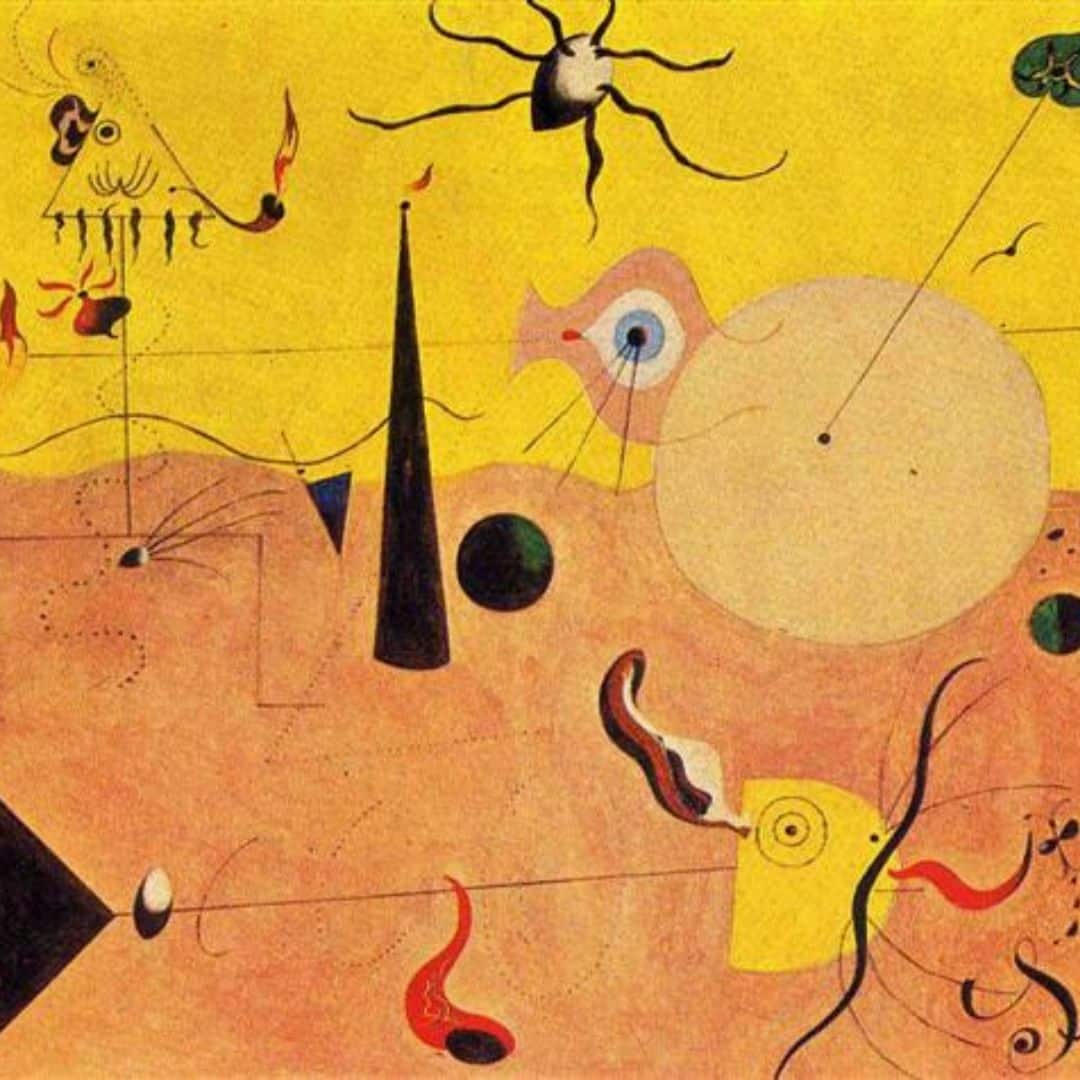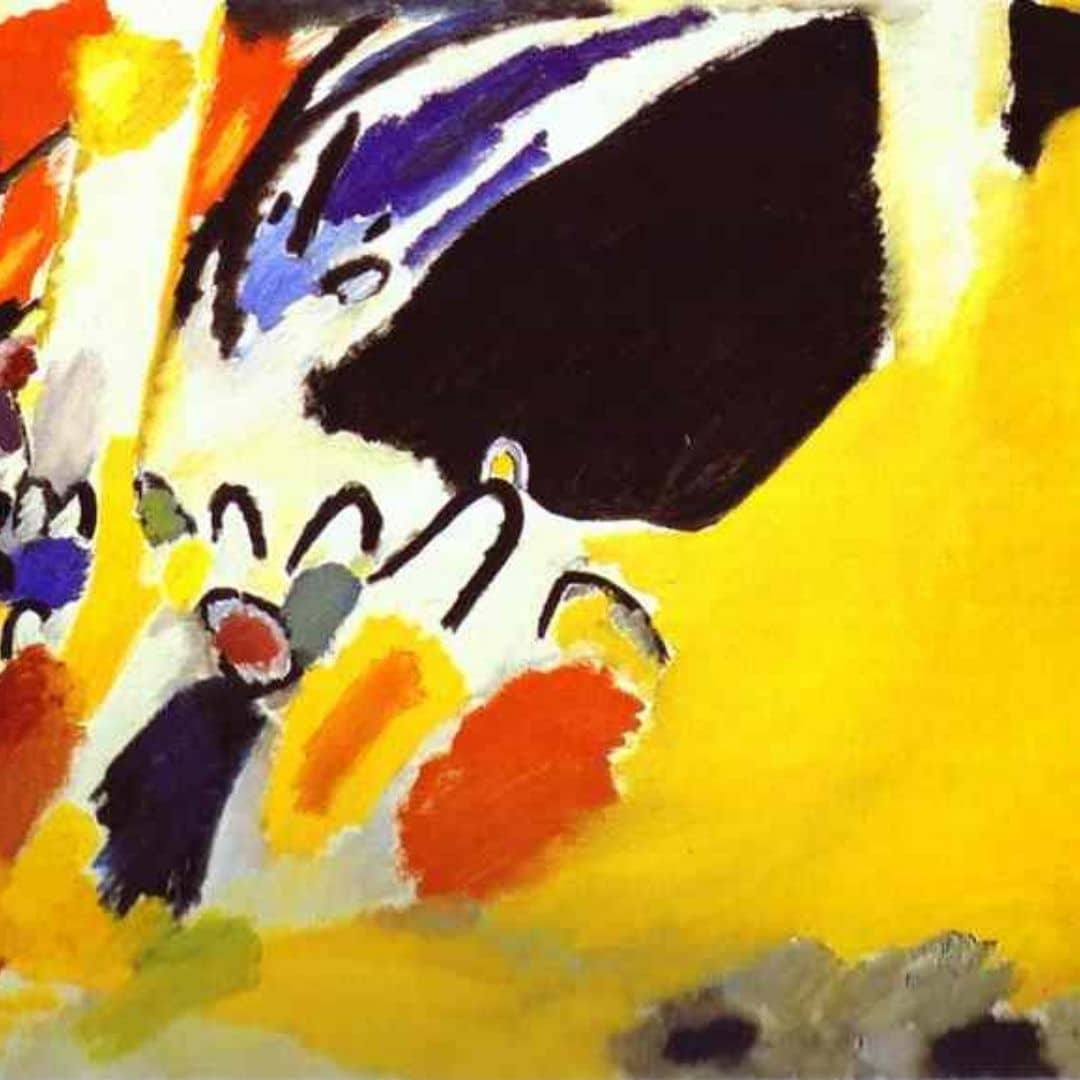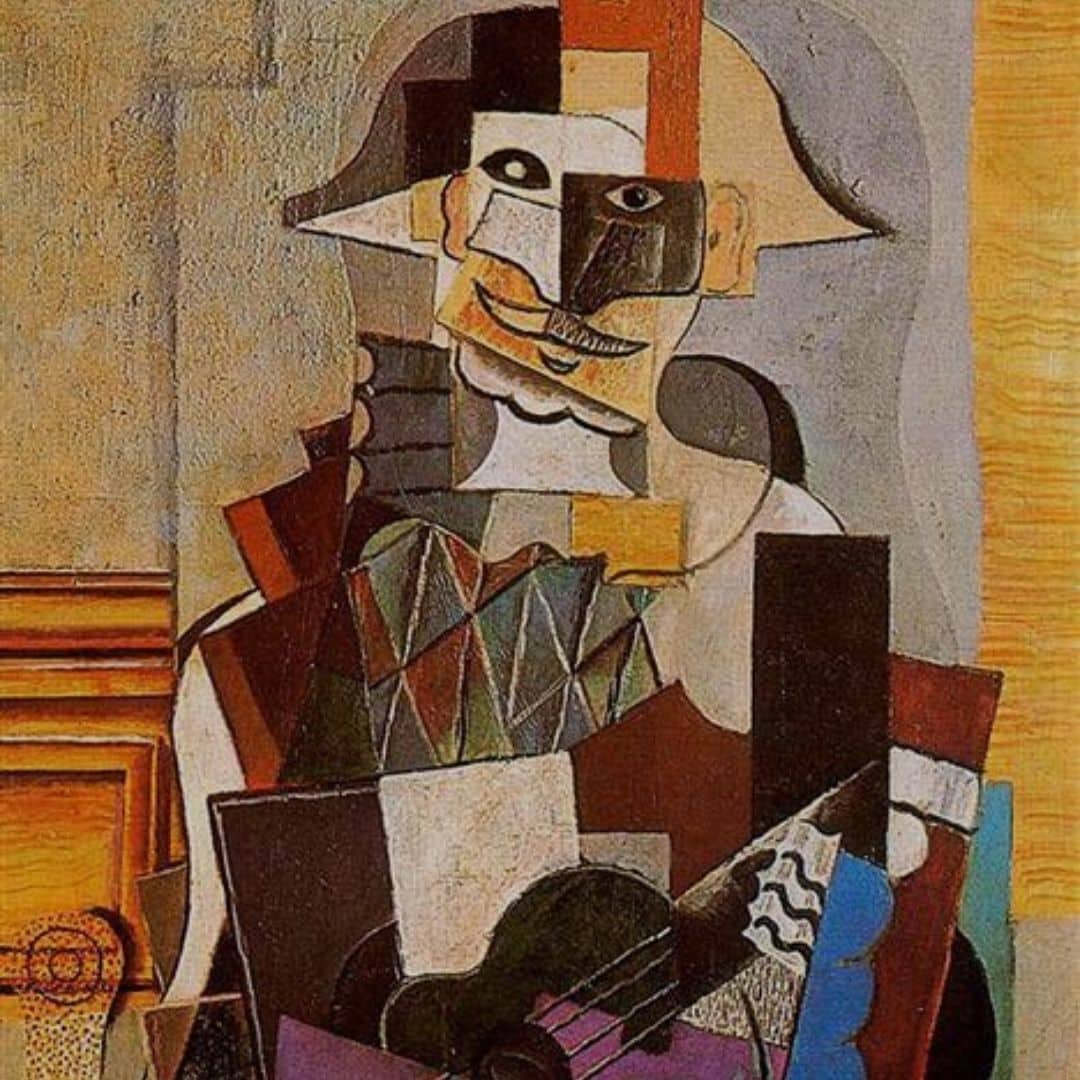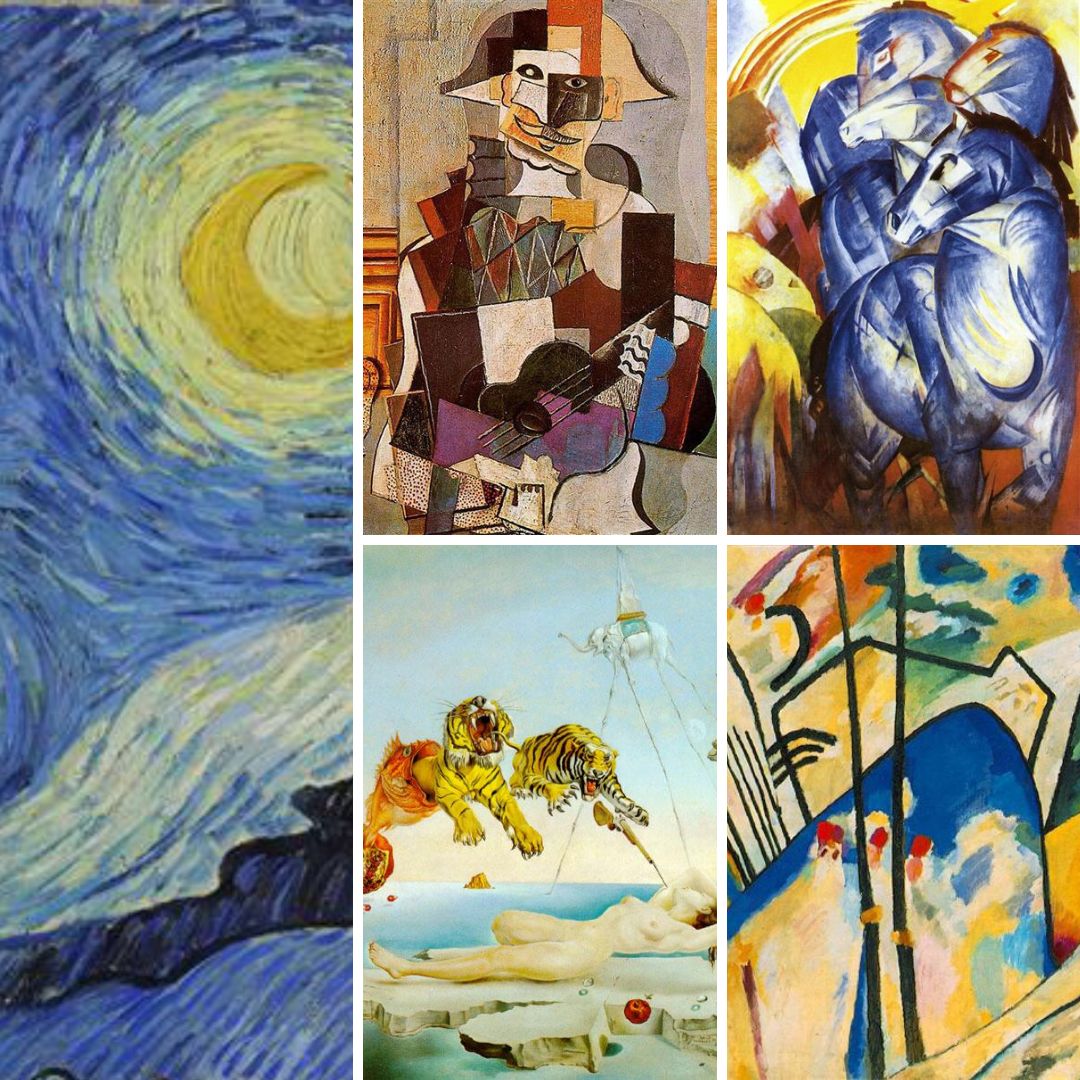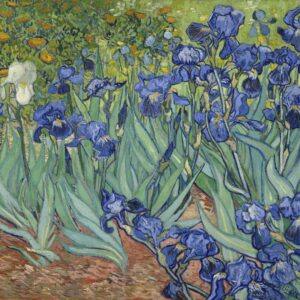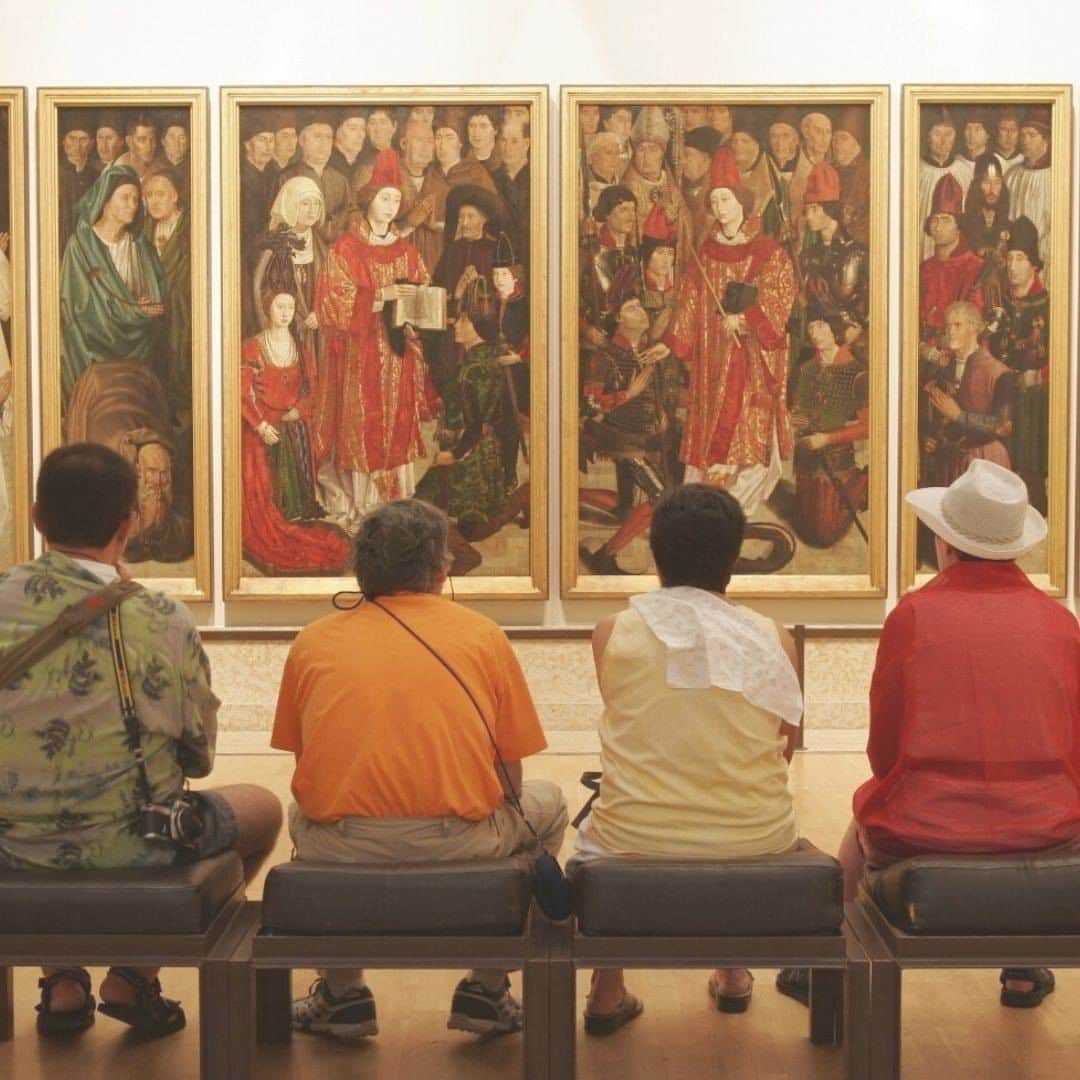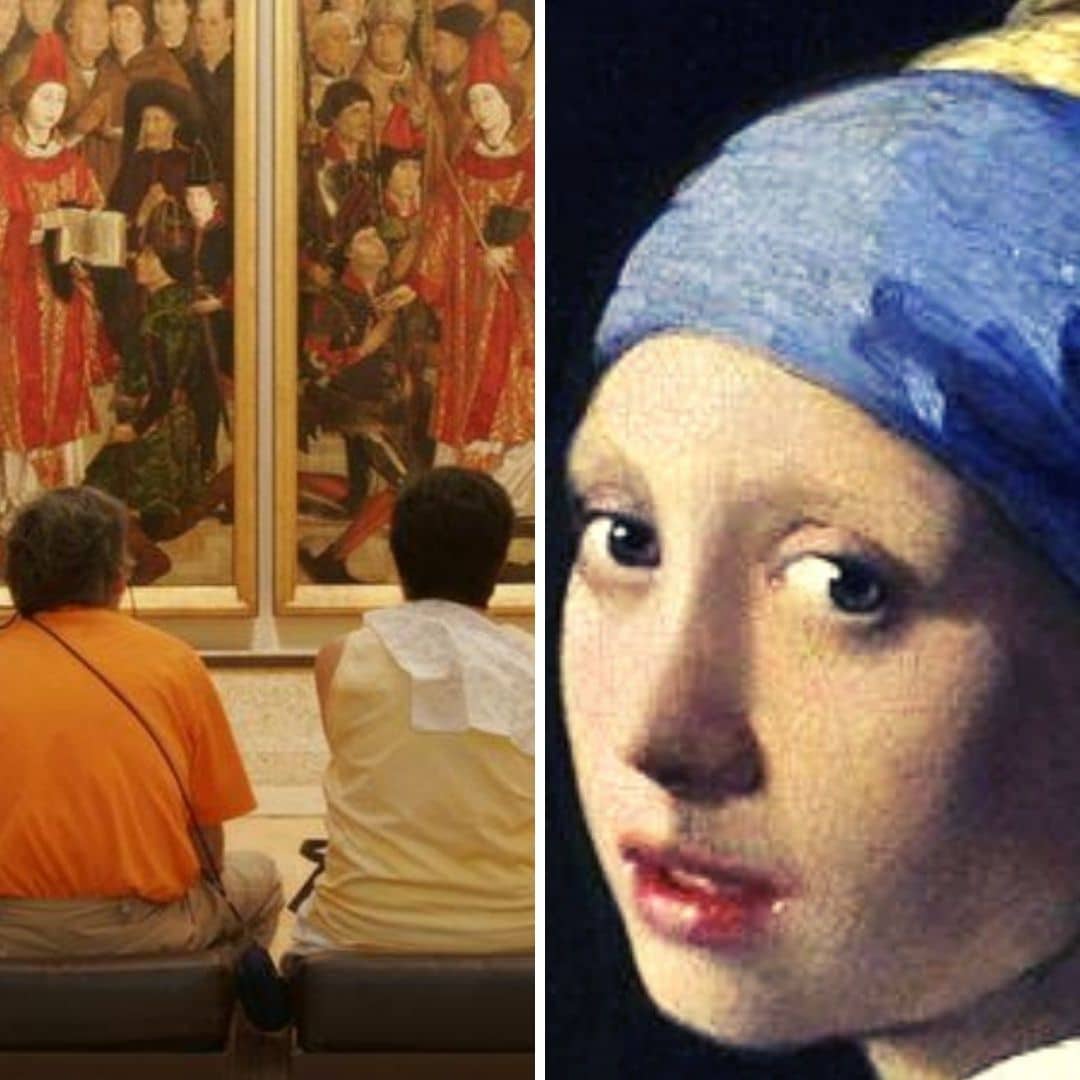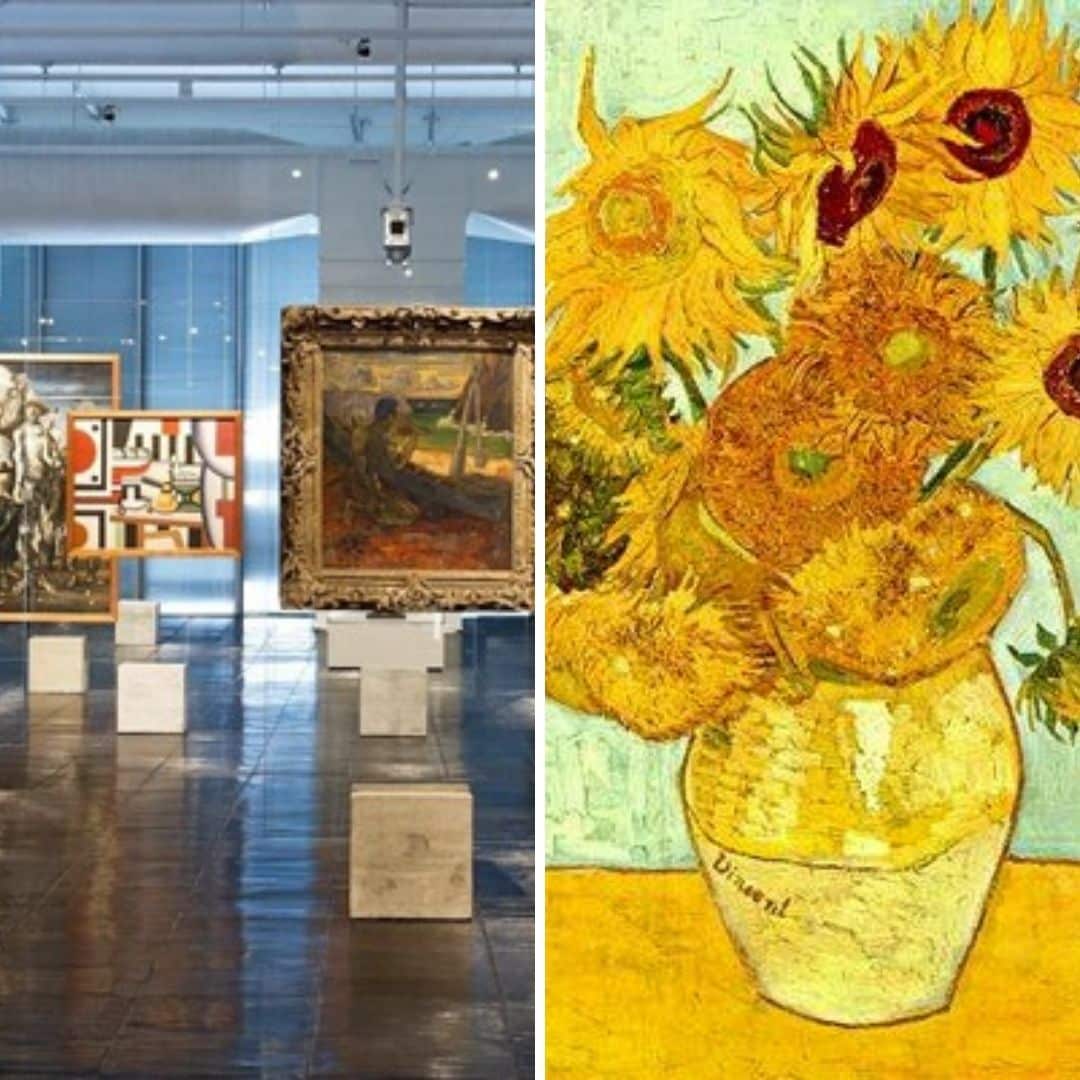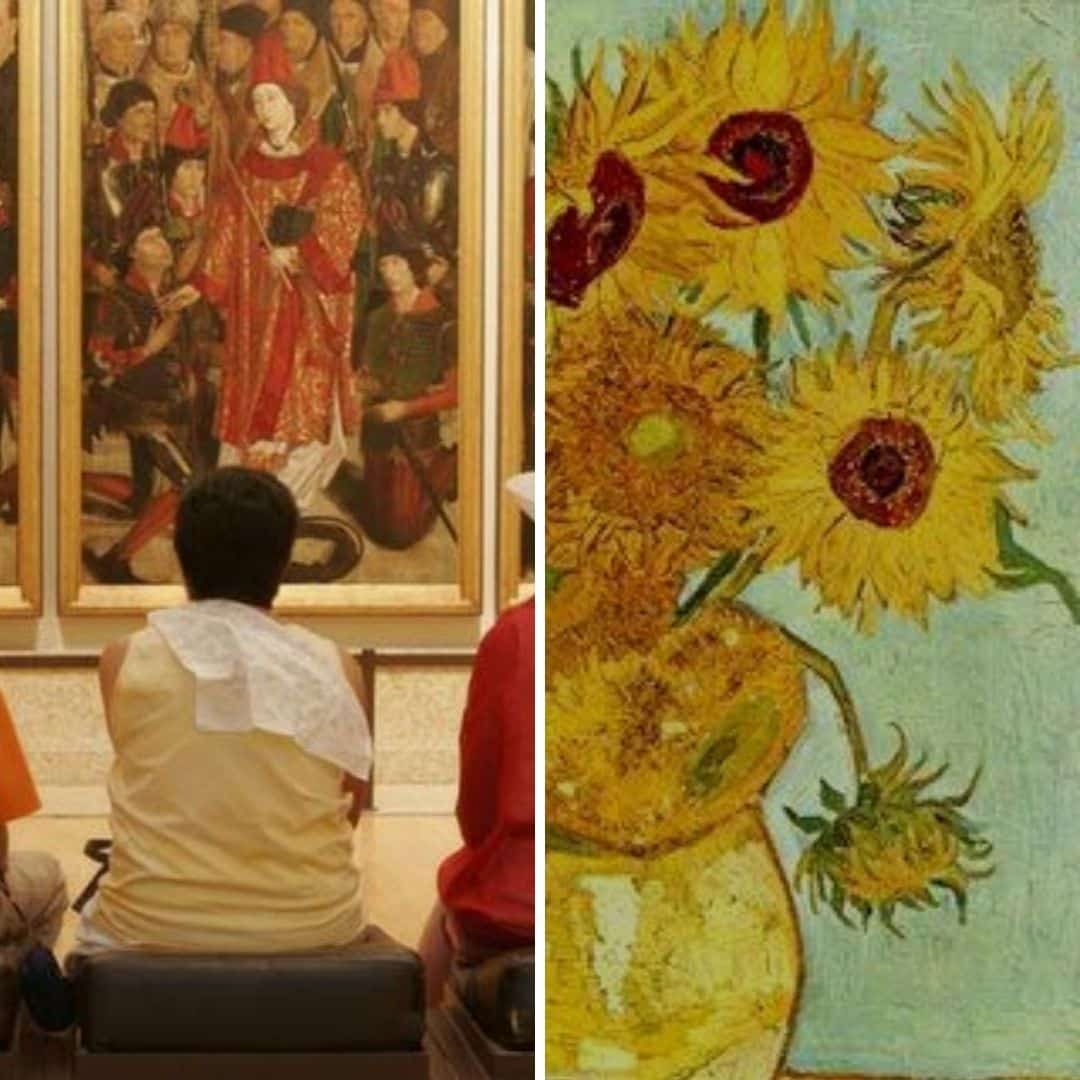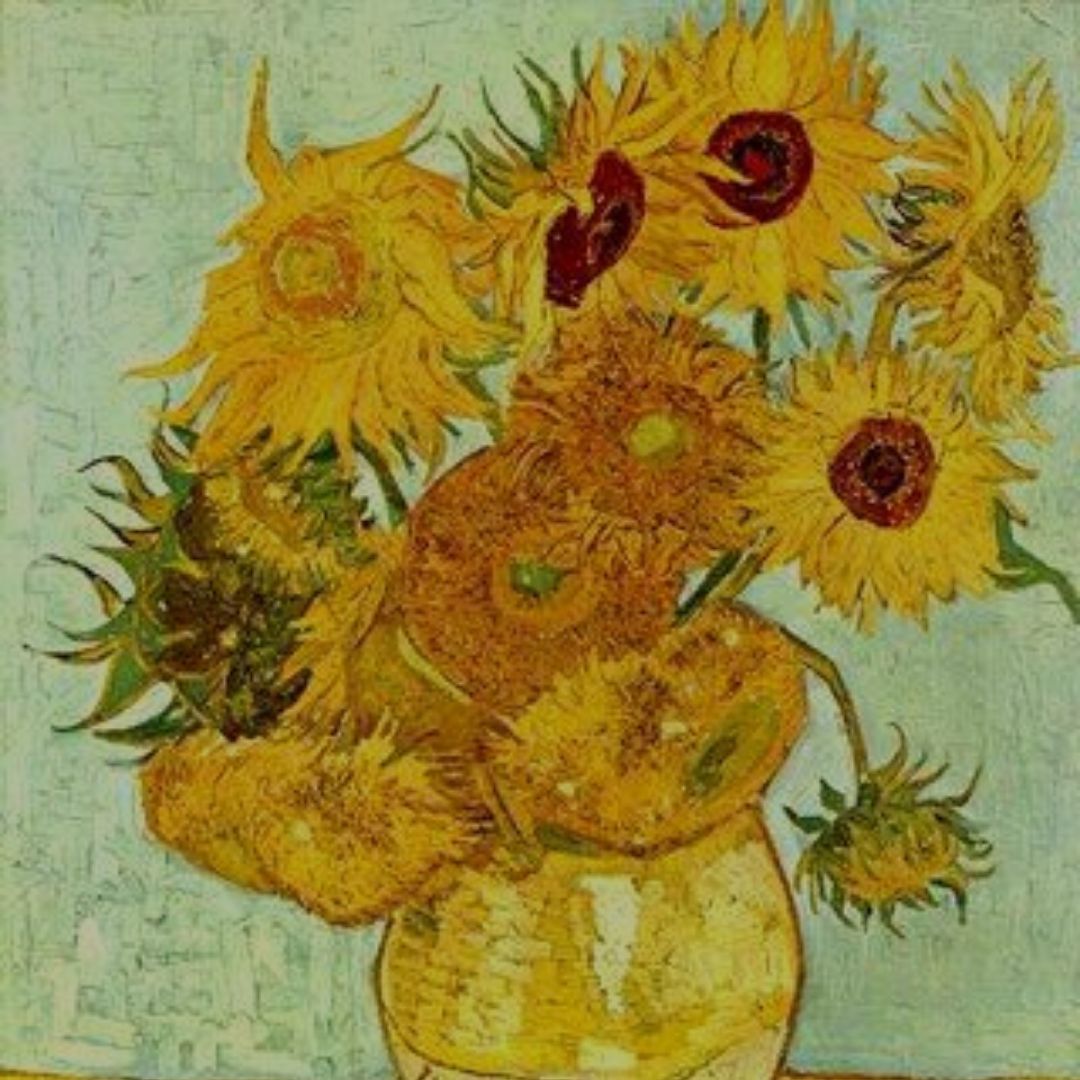The Kiss by Gustav Klimt is one of the most popular works of art in the world. The Kiss is a painting that enchants at first sight.
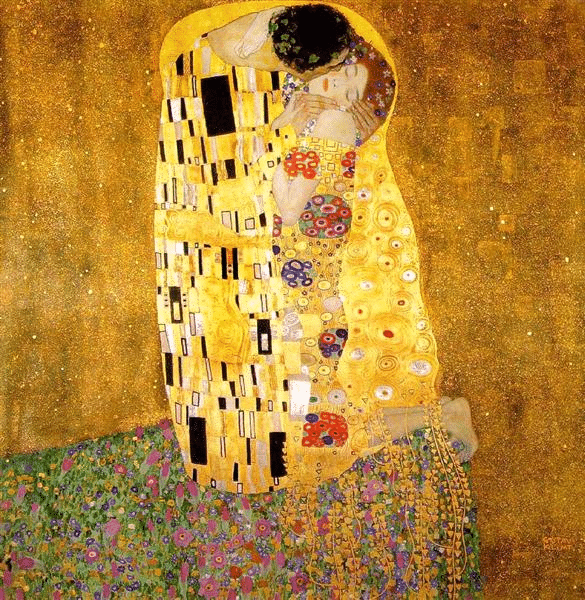
The kiss by Gustav Klimt
The Kiss by Gustave Klimt was produced during the artist’s so-called ‘Golden Phase’ and is the main work of this phase (1889-1910), in which Klimt used gold and silver leaf in his paintings.
In addition to The Kiss, another very representative work from this phase is Portrait of Adele Bloch-Bauer, the story that led to the movie Woman in Gold in 2015.
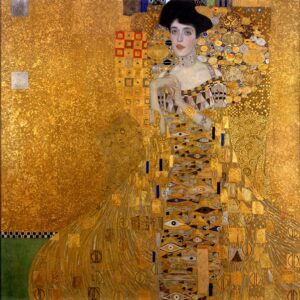
Portrait of Adele Bloch-Bauer, by Gustav Klimt, 1907. Neue Gallery, New York, USA.
In the works of his golden phase, Klimt showed how important the so-called applied arts were in his work.
Gustav Klimt’s father was a goldsmith, and his familiarity with the techniques of this type of work was fundamental to the creation of The Kiss.
To produce this work, Klimt used a gold powder coating for the background and applied gold leaf on the costumes of his characters.
As well as the influence of jewellery, this work also shows the role of mosaics. In 1903, Klimt came into contact with mosaics in Ravenna, Italy, and was fascinated. He adapted the same technique in his work.
“In The Kiss, the effect is very evident in the golden casing that separates the lovers from the outside world. Its fragmented design and exuberantly inlaid surface were inspired by mosaics.”
In: All about Art, by Stephen Farthing
The Kiss by Gustav Klimt – details
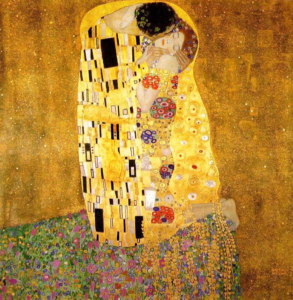
The Kiss by Gustav Klimt is a very beautiful painting. It shows a man and a woman.
The man leans in to kiss the woman, who in turn leans towards him. Note that the man’s face is hidden in the face of his lover, and the artist emphasises the face of the woman, whose closed eyes represent ecstasy.
Also note that the woman’s dress is adorned with colourful circular floral patterns, which for Klimt are linked to the feminine.
The symbols on the man’s tunic are rectangular shapes, in black, white and silver, and would be related to a masculine symbolism, which contrasts visually with the patterns on the woman’s clothing.
Discover another fantastic work by Klimt, "Danae", in this post.
The couple are on their knees, and a golden ivy falls along the woman’s ankles.
This ivy may in fact have been a symbol for her hair, since in symbolist art femme fatales were always portrayed with super-long hair.
In Gustav Klimt’s Kiss, the man and woman are on a flowered bed, considered a kind of vestige of the reality of the scene of the kiss between the lovers – as well as being very fond of flowers and painting them, Klimt had a kind of garden in his studio.
Who is represented in The Kiss by Gustav Klimt ? That’s what we’ll see next.
Who are the lovers in The Kiss by Gustav Klimt
In The Kiss by Gustav Klimt the lovers are not identified, but it is possible that the inspiration and models for this painting were Klimt himself and his partner Emilie Flöge. It may also have been Hilde Roth, who was also a regular model.
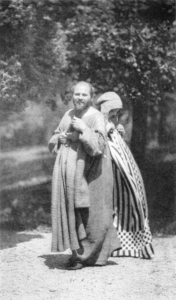
Gustav Klimt and Emilie Flöge,by Heinrich Böhler 1909
Gustav Klimt and the Vienna Secession
Gustav Klimt was born in 1862 in Vienna, Austria and began studying art as a teenager, aged 14, together with his brother Ernst. They soon began receiving commissions to decorate public spaces.
Deeply interested in new ways of expressing himself through painting and in avant-garde art, Klimt founded the Vienna Secession in 1897.
The idea was that the commission would choose and promote avant-garde art.
Needless to say, Klimt’s new style and daring project horrified the funding authorities.
Despite this, the artist continued to be in great demand. Gustav Klimt was well recognised during his lifetime. Despite isolating himself in his later years, the artist was still very much in demand.
Klimt died of pneumonia in 1918.
Images Source - Wikiart.org


